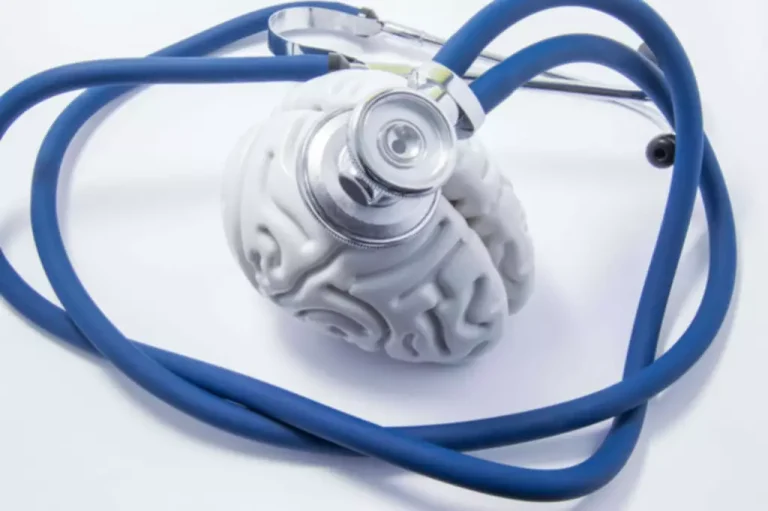
Signs and symptoms of inhalant use vary, depending on the substance. Some commonly inhaled substances include glue, paint thinners, correction fluid, felt tip marker fluid, gasoline, cleaning fluids and household aerosol products. Due to the toxic nature of these substances, users may develop brain damage or sudden death. But the most significant effect is how cocaine use changes people’s brains, setting the stage for cocaine addiction treatment (cocaine use disorder). N-acetylcysteine, by balancing glutamate function, may help reduce attentional bias to cocaine-related cues.
How is cocaine use disorder treated?
Future studies with larger sample sizes and testing treatment combinations are warranted. However, individuals with CUD and co-occurring disorders (eg, a mood or anxiety disorder) may benefit from medication treatments. Following the discussion of current treatments, we highlight some promising emerging treatments, as well as offer a framework that can be used in building a treatment plan for individuals with CUD. Clinically, it can often be difficult to distinguish an independent (or primary) mood disorder from a mood disorder secondary to (or caused by) a substance.
Is there a risk of addiction?

However, you may be offered medicines to help with related symptoms, such as sleep problems. These are often used on a short-term basis because long-term use of medicines that can help you sleep can also be addictive in itself. At your first appointment you’ll be asked lots of questions about your health and drug use. This is so a tailored treatment plan can be put together for you. In some cases, cocaine can cause very serious health problems such as a heart attack, stroke, or coma. People snort cocaine powder through the nose or rub it into their gums.

Cocaine Tolerance
Consider talking to your primary healthcare provider if you’re comfortable doing so. Patient confidentiality laws prevent them from sharing this information with law enforcement. People use coke for its intense psychological effects, like euphoria and boosted confidence. But it can also produce some not-so-pleasant psychological and physical effects.

An ER doctor will test for those conditions and try to treat them first. They may also use medication to treat other complications you have. Many people start https://ecosoberhouse.com/ to build a tolerance after their first use of cocaine. Using cocaine during pregnancy can cause problems for both the parent and the developing baby.
Effects and Risks of Long-Term Cocaine Use

One particular part of the limbic system, the nucleus accumbens (NAc), seems to be the most important site of the cocaine high. When stimulated by dopamine, cells in the NAc produce feelings of pleasure and satisfaction. The natural function of this response is to help keep us focused on activities that promote the basic biological goals of survival and reproduction. When a thirsty person drinks or someone has an orgasm, for example, dopaminergic cells flood the NAc with dopamine molecules. The receiving cells’ response makes us feel good and want to repeat the activity and reexperience that pleasure.
- Sessions with a trained therapist can help you make changes to your behaviors and thought processes.
- It’s important to spot the symptoms of overdose and get help immediately.
- Cocaine is very addictive, meaning people seek out the drug and use it even though they know the choice comes with negative consequences.
- There are treatments for cocaine use disorder (cocaine addiction), but people often relapse and use it again.
- As previously mentioned, a growing number of cocaine overdoses also involve opioids, like fentanyl.
- As with other diseases and disorders, the likelihood of developing an addiction differs from person to person, and no single factor determines whether a person will become addicted to drugs.
- Medications are sometimes used in combination with behavioral therapy.
Changes to the reward system
When injected, it goes directly into your bloodstream for a very strong and near-instant effect. To make cocaine, the leaves are chemically processed and treated to form a powder. A German chemist named Albert Neiman first isolated the drug from coca leaves in 1860. In the early 1900s, cocaine was a common ingredient in herbal remedies for all sorts of illnesses.
Understand the Effects of Cocaine
Today, cocaine is regulated as a Schedule II drug—it has a high potential for abuse but can be administered by a doctor for legitimate medical uses, such as a local anesthetic for certain eye, ear, and throat surgeries. Concern soon mounted due to increased instances of addiction, erratic behavior, convulsion, and death. The Pure Food and Drug Act, passed in 1906, required that dangerous ingredients such as cocaine be listed on product labels. The Harrison Act of 1914 outlawed the use of cocaine altogether in over-the-counter products and made it available only by prescription. Cocaine use dropped dramatically and remained at minimal levels for nearly half a century.